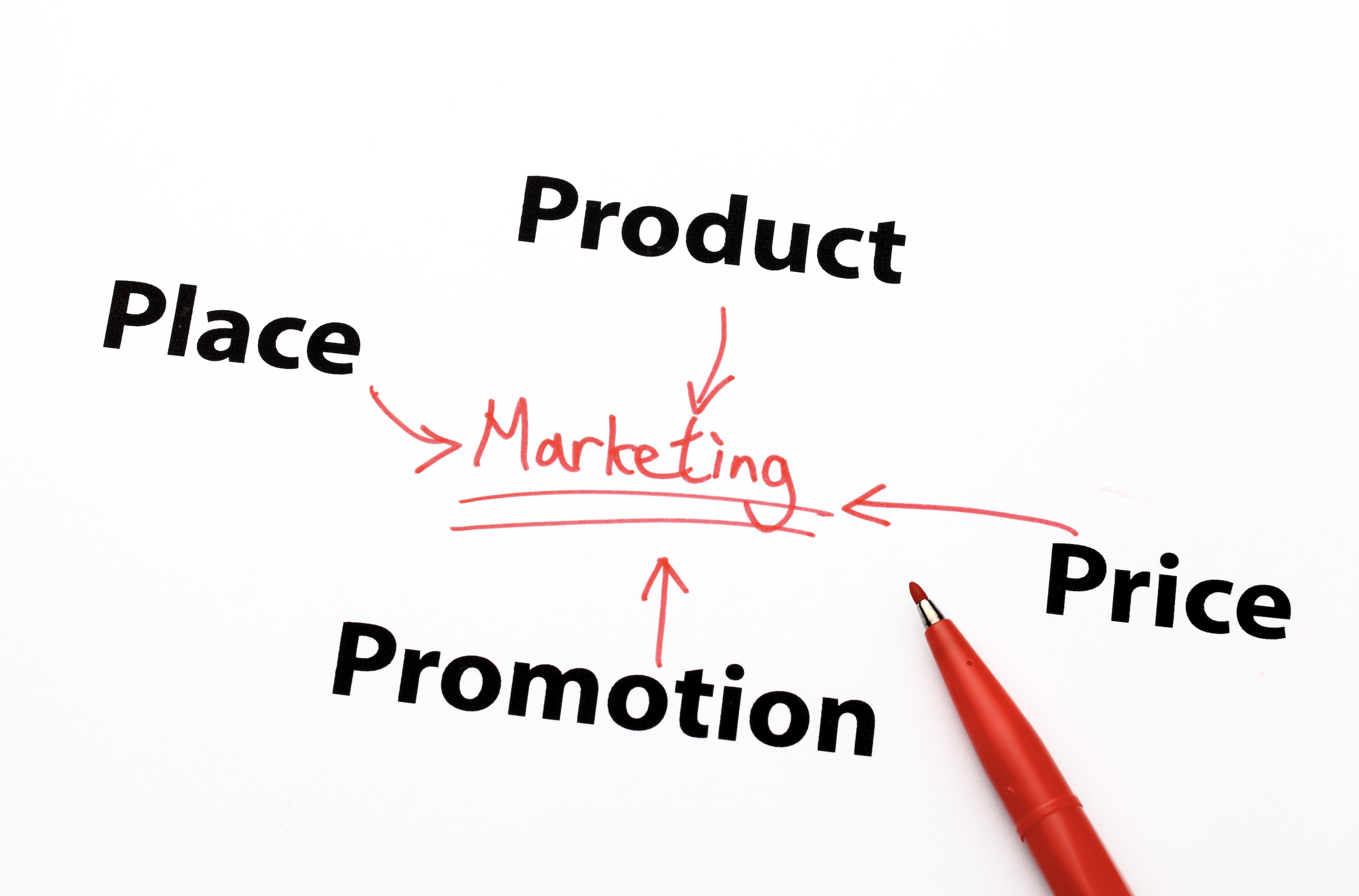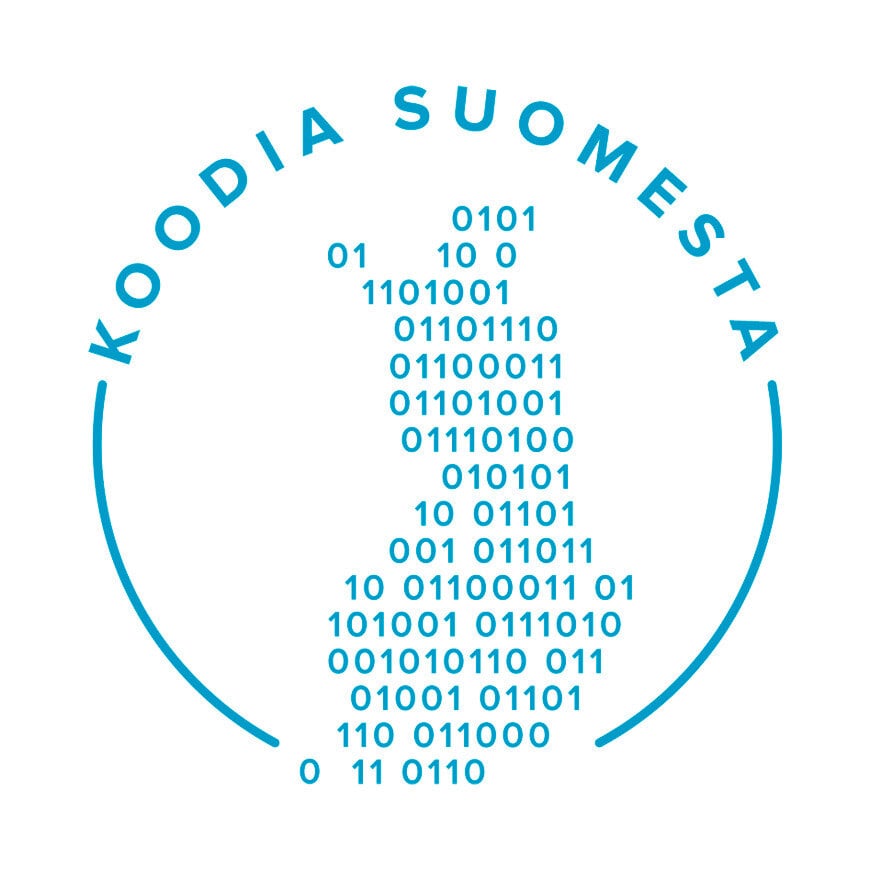What is a lead, and why do you need them for success?

The first step in any lead generation strategy is understanding what a lead is. Generally speaking, a (sales) lead is a person or company that has indicated an interest in your products or services.
A simple definition, but that's where the simplicity ends. Each company may have a different understanding of what a lead is based on their definition of an ideal customer. In addition, there are differences within the company in defining leads, especially their quality.
For the marketing department, a lead can be anyone who, for example, fills out a contact form. Sales, on the other hand, may only be interested in contacts that are most likely to convert to buying customers.
The terms prospect, lead, and buying signal are also often used interchangeably. However, it is worth learning the terms, as they help in the planning and implementation of effective lead generation. No matter how you look at it, lead generation is a prerequisite for making a sale, so leads are needed, no matter the business you are in.
But not to worry! This article gives you all the information you need to get a great start in lead acquisition.
Check out our comparison on best lead generation tools for 2023 👉

What is a lead?
As already established, a lead is a person or company who has shown interest in your products or services. This interest is expressed by leaving contact information, for example, when downloading a lead magnet (more on this later). In marketing terms, any conversion is often defined as a lead.
A lead can also be an existing customer with new needs or even people on your email list.
The best definition of a lead is the one that is most helpful for your company. If your company operates in the B2B market, a contact request from a private person may not necessarily be useful for your company from a sales point of view. Unless that person is in a decision-making position in a company that you are looking to acquire as a customer.
The most important thing is to define the lead within your company so that marketing, which generates leads, and sales, which reacts to them, agree on where your time is best spent.

What is a high-quality lead, and what separates a lead from a prospect?
With slight tonal differences, they all relate to the same thing. Let's define them here. A high-quality lead has obvious potential value for your business. The value and quality of leads should be defined in your company according to how potential buyers they are.
What is the profile of your ideal customer? Compare leads to this profile. A lead that matches your ideal customer profile is a prospect.
Remember that leads can be generated at different stages of the sales funnel. Not all leads are at the same stage with their purchase decision. Even if your company's ideal customer shows interest in what you offer, i.e. turns from a lead into a prospect, it does not necessarily mean that closing a deal is waiting for you just around the corner.
Different stages of the purchase process require different marketing methods if you want to convert a lead into a customer.
❄️ Cold vs. Warm lead 🔥
Leads at different stages of the purchase process (or the sales funnel from your perspective) are defined as cold, warm, and hot.
A cold lead is a person or company at the top of the sales funnel that meets the lead criteria defined by sales and marketing. A cold lead is also known as Information Qualified Lead (IQL).
A warm lead, i.e. Marketing Qualified Lead (MQL), is a lead generated through marketing efforts. This lead has already shown interest in your company's services one or more times.
The most sought-after lead, the hot lead or Sales Qualified Lead (SQL), meets the lead criteria set by the sales department. This lead is ready to do business with you and should be contacted by sales asap.
Qualification of leads is done using lead scoring. This is a method where leads are given a score based on their expected purchase behavior. For example, a lead that fills in contact information on a contact form will get a lower score than a lead that indicates interest in a free trial period or webinar.

What are buying signals? 📡
A buying signal is any behavior, defined by certain criteria, that makes your potential customer match your ideal customer profile. A buying signal can also be a change within a company that makes it advantageous to contact this prospect immediately.
Leads, prospects, and buying signals in brief
So what is a lead? It is a person or company that is interested in what you have to offer. Leads in different stages of the purchase process (or sales funnel) are described with the terms cold, warm, and hot. The difference is based on scoring the assumed buying behavior of the lead. Note that warm and hot leads may also be found in companies that do not match your ideal customer profile.
If the lead matches your company's ideal customer profile, it is a prospect. Prospects can also be found at different stages of the buying process, and they are usually priority contacts for the sales team.
A buying signal either turns a lead into a prospect or gives an urgent reason to contact a current prospect regarding your products or services.

How to generate leads? ⚡
Without leads, there is no business, so it is essential to master lead generation. There are many different ways to generate leads, so once again, the most important thing is choosing the most suitable methods for your company.
Think again about your ideal customers and where they could best be reached. Based on this, strive to target communication appropriate for your customers in the right place at the right time.
Leads can be acquired in the following ways:
- Data collection forms on your company's website: forms, landing pages, Chatbots, live chat, or newsletter subscription embedded in blog content, where customers can enter their contact information.
- Advertising tools: Paid advertising online.
- Search engine optimization (SEO): Organic search results, search engine advertising.
- Webinars: Participants receive access in exchange for their contact information.
- Social media: You can find leads and prospects on LinkedIn, but you can also generate them through advertising, creating content, and networking.
Lead magnet 🧲
Whatever your selected contact channels are, it pays off to use a lead magnet. The name already reveals that its purpose is to generate leads as efficiently as possible. A lead magnet can be anything useful to your potential customers.
Customers get access to the lead magnet in exchange for their contact information. A typical lead magnet is an Ebook or other guide, a webinar, or, for example, a ready-made template for some marketing need (such as emails).
Finally, it should be mentioned that whether you are looking for leads, prospects, or buying signals, you should have the right tools for the job and a long-term strategy in place.
👉 If understanding these terms or generating leads seems difficult, book a free appointment to our SuccessGuides

Summary
Generally speaking, a lead is a person or company that has expressed interest in your products or services.
Different companies have different definitions of leads. In addition, there are differences within the company in defining leads, especially their quality.
Leads in different stages of the purchase process are described with the terms cold, warm, and hot. The qualification is based on scoring the assumed purchase behavior of the lead.
If the lead matches your company's ideal customer profile, it is a prospect.
A buying signal is a change within a company that turns a lead into a prospect or gives an urgent reason to contact a current prospect.
There are many different ways to acquire leads, for example:
- Data collection forms
- Advertising tools
- Search engine optimization
- Webinars
- Social media marketing and engagement
To generate leads, you should utilize a lead magnet, for example, a free guide or a webinar.
Lead generation is a prerequisite for making sales, so leads are needed, no matter what business you are in.
👉 You can get help with lead generation here by booking an appointment to our SuccessGuide



